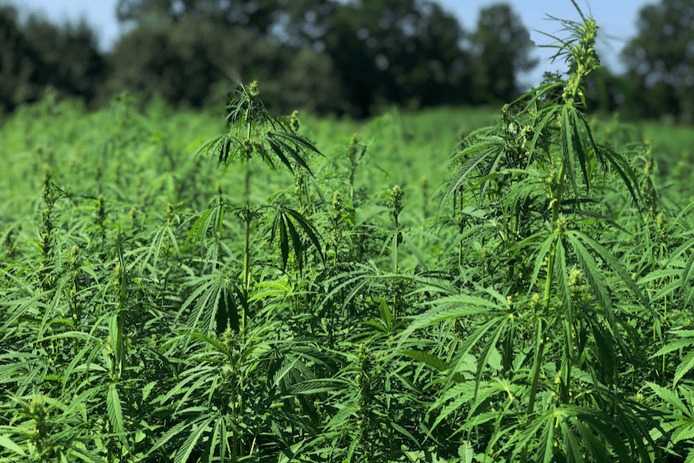Textile Exchange launches Growing Hemp for the Future report

In a new report titled "Growing Hemp for the Future: A Global Fiber Guide," Textile Exchange sheds light on the unique potential to establish beneficial production systems for fiber hemp. As the global textile industry increasingly embraces hemp following its recent legalization in many countries, the report aims to identify the advantages and concerns associated with fiber hemp production while offering recommendations to ensure its trajectory towards a resilient future.
Hemp's rise in popularity is attributed to its ability to enhance soil health, promote biodiversity, suppress weeds, and achieve higher yields for subsequent crops with minimal inputs. Acknowledging its substantial sustainability potential, it is crucial to examine how fiber hemp is cultivated, learning from experiences with other fiber crops that have become heavily reliant on synthetic pesticides and fertilizers.
At this early stage, the industry has a remarkable opportunity to establish fiber hemp standards from the ground up, designing systems that maximize measurableRead More : Textile businesses stare at falling profits benefits for the climate, ecosystems, and communities. The report highlights several key findings, including the fact that unlike other crops, fiber hemp has primarily relied on biological pesticides, as governments have permitted their use. However, ongoing research is exploring the addition of conventional pesticides to the fiber hemp pest management toolkit, raising concerns over the use of pesticides classified as "Highly Hazardous" by the United Nations.
Moreover, the report emphasizes the need for comprehensive data to support sustainability claims and accurately assess global fiber hemp production regions and quantities. While data remains incomplete, the leading hemp fiber-producing countries by volume appear to be France, China, North Korea (estimated), Poland, and the United States. Notably, over six decades, fiber hemp production by volume in 2021 is at a similar level to that of 1961, but achieved on significantly less land and with greater efficiency, resulting in higher yields.
Despite its potential, the report stresses the necessity for further research to substantiate sustainability claims related to fiber hemp. Textile Exchange urges the hemp sector to enhance global production tracking, avoid hazardous pesticides and synthetic fertilizers, and seek certification to organic and regenerative standards, ensuring a transparent chain of custody from field to finished product.
Hemp's rise in popularity is attributed to its ability to enhance soil health, promote biodiversity, suppress weeds, and achieve higher yields for subsequent crops with minimal inputs. Acknowledging its substantial sustainability potential, it is crucial to examine how fiber hemp is cultivated, learning from experiences with other fiber crops that have become heavily reliant on synthetic pesticides and fertilizers.
At this early stage, the industry has a remarkable opportunity to establish fiber hemp standards from the ground up, designing systems that maximize measurable
Moreover, the report emphasizes the need for comprehensive data to support sustainability claims and accurately assess global fiber hemp production regions and quantities. While data remains incomplete, the leading hemp fiber-producing countries by volume appear to be France, China, North Korea (estimated), Poland, and the United States. Notably, over six decades, fiber hemp production by volume in 2021 is at a similar level to that of 1961, but achieved on significantly less land and with greater efficiency, resulting in higher yields.
Despite its potential, the report stresses the necessity for further research to substantiate sustainability claims related to fiber hemp. Textile Exchange urges the hemp sector to enhance global production tracking, avoid hazardous pesticides and synthetic fertilizers, and seek certification to organic and regenerative standards, ensuring a transparent chain of custody from field to finished product.
Source: fashionunited.uk
